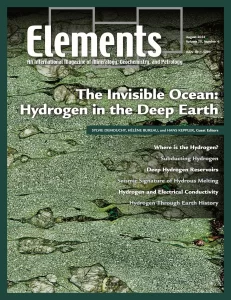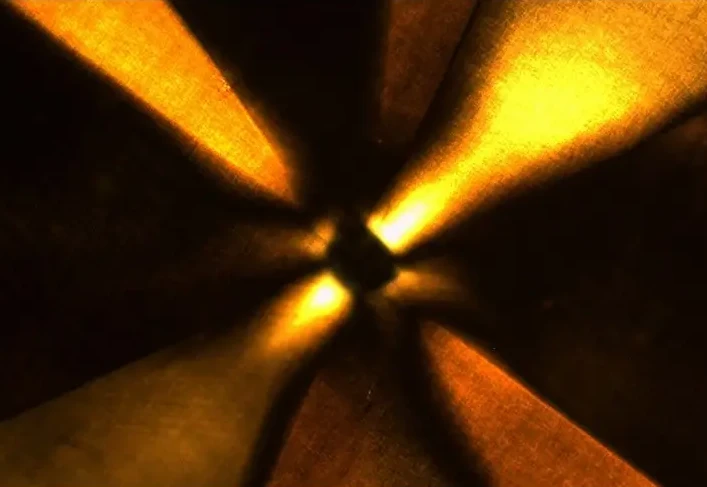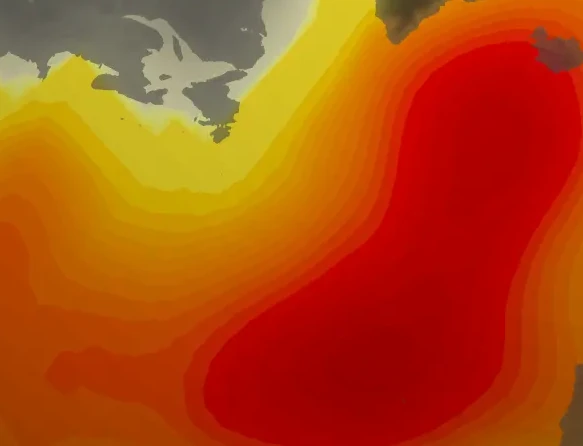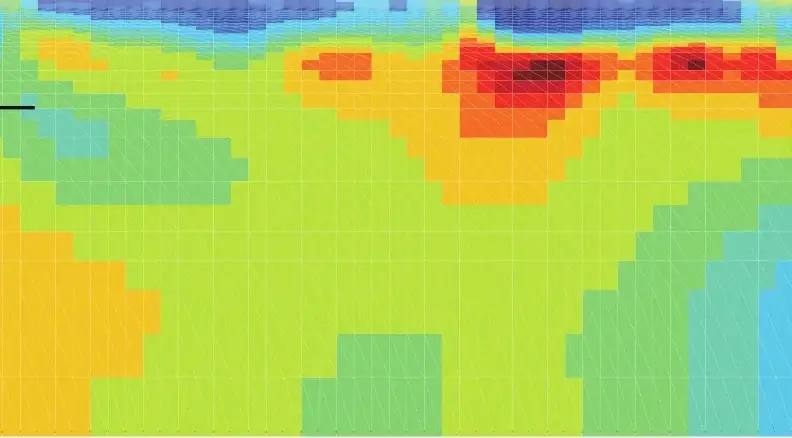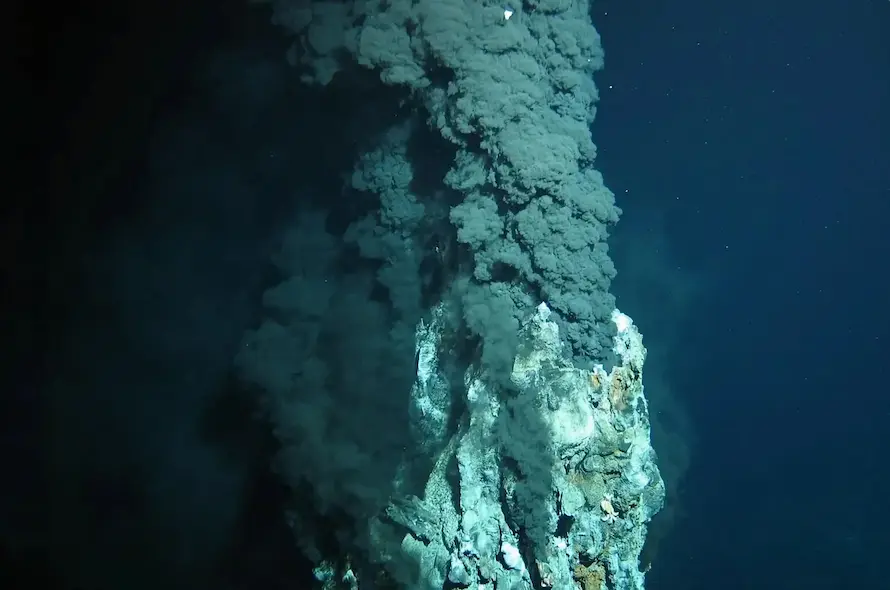The Invisible Ocean: Hydrogen in the Deep Earth
Sylvie Demouchy, Hélène Bureau, and Hans Keppler – Guest Editors
Table of Contents
Hydrogen is the most abundant element in the universe and its distribution, transfer, and speciation in the deep Earth remain a fascinating topic of ongoing research. We review the most notable discoveries constraining the H cycle in the deep Earth. This includes new methods for detecting hydrogen, insights into the size of deep reservoirs, and new constraints from inclusions in ultradeep diamonds. Advances in seismic and magneto- telluric imaging provide unique data on the storage and mobility of water in Earth´s interior. Models of the early Earth and of its habitability critically depend on the behavior of hydrogen in a magma ocean–atmosphere system. Later in Earth history, water may have been essential for establishing plate tectonics, a phenomenon making Earth a unique planet.
- Hydrogen in the Depth Earth
- The Subduction of Hydrogen: Deep Water Cycling, Induced Seismicity, and Plate Tectonics
- Deep Hydrogen Reservoirs and Longevity
- Hydrous Melting and its Seismic Signature
- Probing Deep Hydrogen Using Electrical Conductivity
- The Geological History of Water: From Earth’s Accretion to the Modern Deep Water Cycle
BEHIND AND BEYOND LUMINESCENCE IMAGING
Guest Editors: Lutz Nasdala (Universität Wien, Austria), Emmanuel Fritsch (University of Nantes, France), and Jens Götze
Luminescence-based optical or SEM images are increasingly used in Earth sciences research. Examples include formation and post-growth history of minerals from their internal textures, taking into account multiple interior regions of complex crystals. For such simple approaches it is actually unnecessary to understand the particular causes of emissions. During the last decade, however, spectroscopic research has led to substantial progress in our understanding of the emissions of minerals. The main objective of this issue is to convince readers that luminescence is not at all restricted to interesting pictures that show “something”, but analysis of the emissions may bear a wealth of information on what exactly is observed. Luminescence spectroscopy has become a versatile, quantitative group of techniques whose successful applications virtually cover all geoscientific sub-disciplines.
- Luminescence: The “Cold Glow” of Minerals Lutz Nasdala (Universität Wien, Austria) and Emmanuel Fritsch (University of Nantes, France)
- Activators in Minerals and the Role of Electronic Defects Glenn Waychunas (LBNL and Caltech, USA) and Ulf Kempe (TU Bergakademie Freiberg, Germany)
- Luminescence Images: What is it That You See? Jens Götze (TU Bergakademie Freiberg, Germany), Colin MacRae (CSIRO Clayton, Australia), and Lutz Nasdala (Universität Wien, Austria)
- Luminescence Applications in Petrology Adrian Finch (University of St Andrews, UK), Magdalena Dumańska-Słowik (AGH University of Krakow, Poland), Laura González-Acebrón (Universidad Complutense de Madrid, Spain), and Hans-Peter Schertl (Ruhr-Universität, Bochum, Germany)
- Analyzing the Luminescence of Gems Thomas Hainschwang (GGTL, Balzers, Liechtenstein, and Antwerp, Belgium), Emmanuel Fritsch (University of Nantes, France), Eloïse Gaillou (MINES ParisTech, Musée de Minéralogie Paris, France), and Andy Shen (China University of Geosciences, Wuhan)
- Luminescence Applications in Ore Geology, Mining, and Industry Michael Gaft (Ariel University, Israel), Peter K.M. Megaw (IMDEX Inc., Tucson, USA), Lex Lambeck (Deer Trail Mining Company, USA), and Samuel Cantor (UBC Vancouver, Canada), and Richard A. Shaw (BGS Keyworth, UK)
- Extraterrestrial Organic Matter (February 2024)
- Paired Metamorphic Belts of SW Japan: Metamorphic Records of a Subduction System (April 2024)
- Cratons to Continents (June 2024)
- The Invisible Ocean: Hydrogen in the Deep Earth (August 2024)
- Behind and Beyond Luminescence Imaging (October 2024)
- Himalayan Leucogranites (December 2024)



